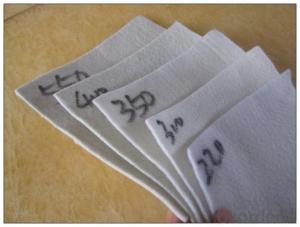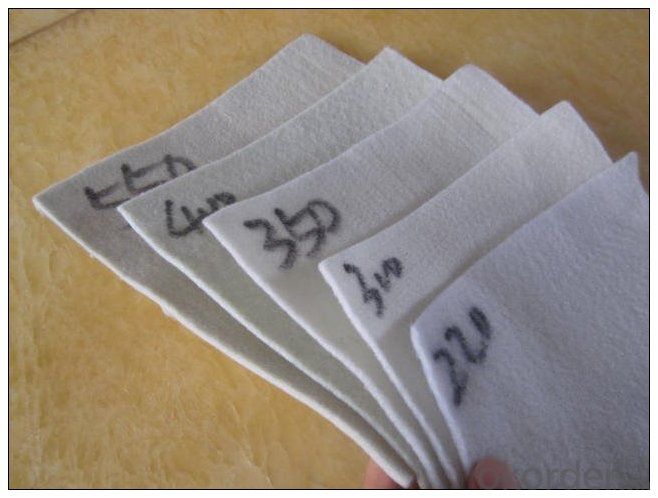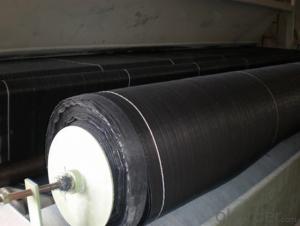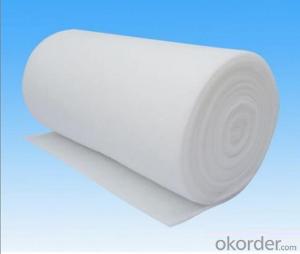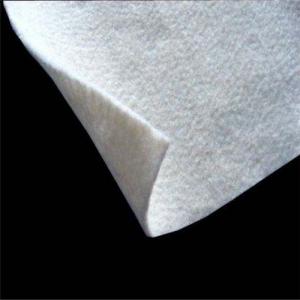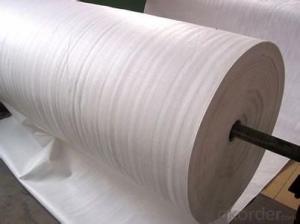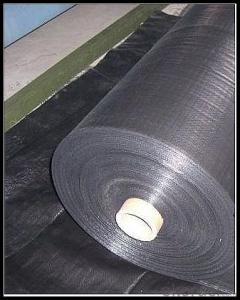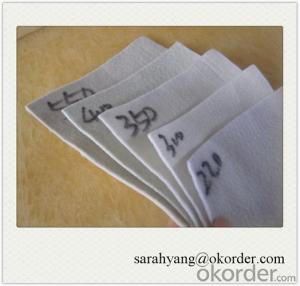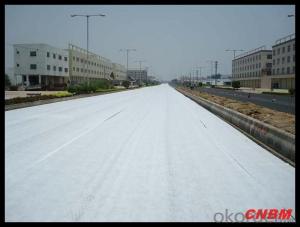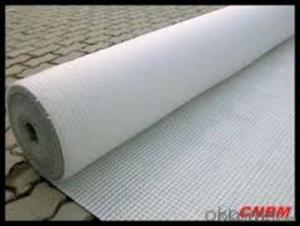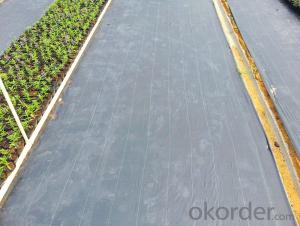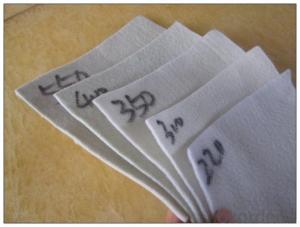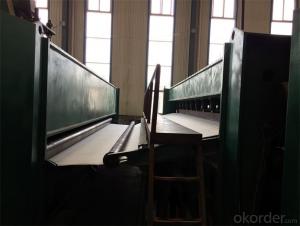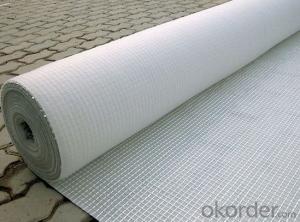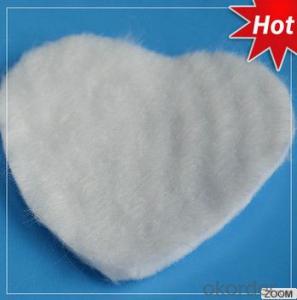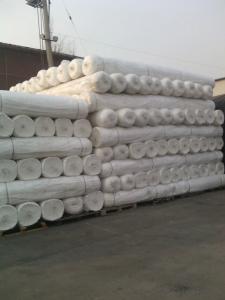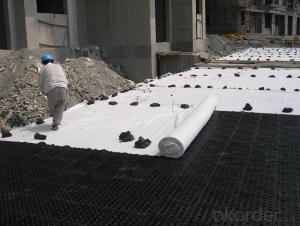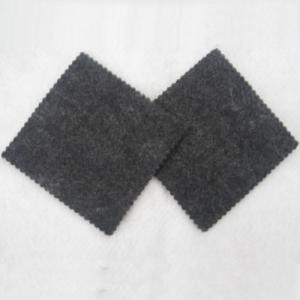Malla Geotextil Para Drenaje 3% Resistente UV Polipropileno No Tejido
- Loading Port:
- Qingdao
- Payment Terms:
- TT OR LC
- Min Order Qty:
- 5000 m²
- Supply Capability:
- 1000000 m²/month
OKorder Service Pledge
OKorder Financial Service
You Might Also Like
PP Geotextile Product Description:
PP Geotextile Specifications:
1, Biggest Width: 6meter
2, Weight: about 1000gsm
3, Treatment: UV protect
PP Geotextile Application:
A: Subsurface drainage
B: Roadway separation
C: Hard armor underlayment
D:Asphalt overlay applications
Specification :
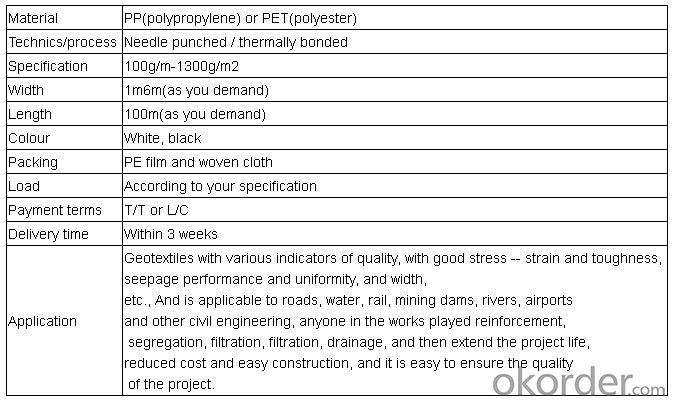
PP Geotextile Functions and Features:
1)Excellent weed control
2)Excellent UV resistance
3)Moisture,fertilizers,air reach plants to allow for healthy soil
4)Good water and air permeability
5)Exceptional toughness and strength
6)Durable,tear-resistant,anti-rot and anti-mildew
7)Light weight,easy to install,follows natural ground contours
8)Ideal for use in landscaped beds,under decks and walkways
9)Fashionable design,high quality,competitive price
10)Long service life
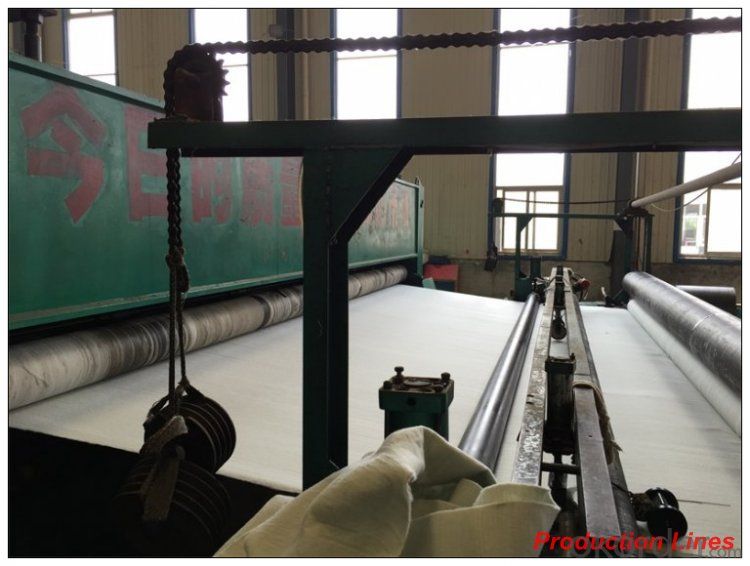
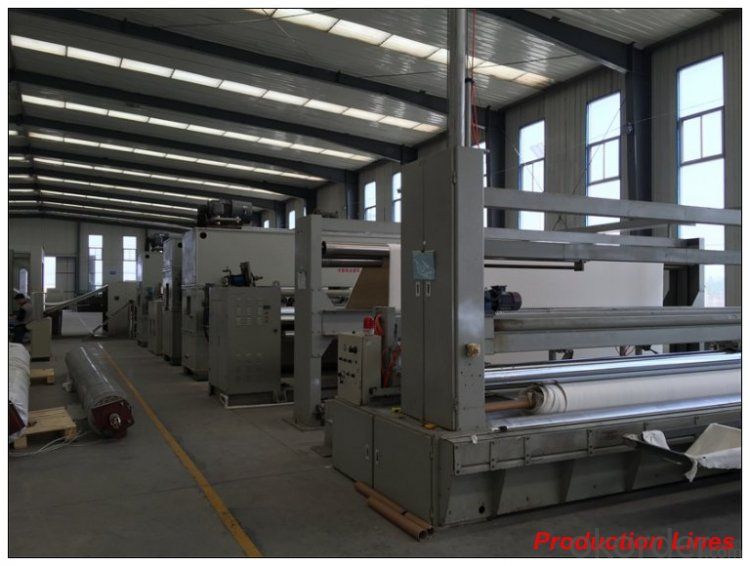
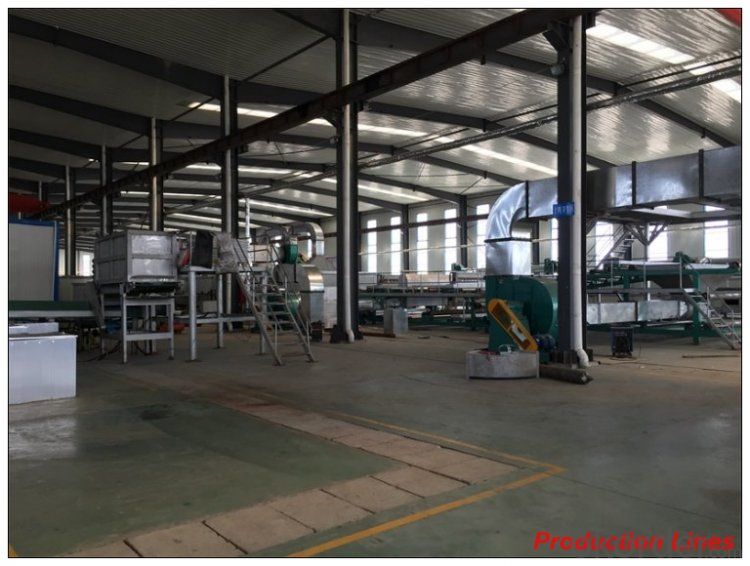
FAQ:
Q1: What is your minimum order quantity?
A:The minimum order quantity is 5000 ,but it is negotiable.
Q2:What is your payment terms?
A: T/T,Western Union,Paypal,L/C...
Q3:What is your delivery time?
A:Production time usually costs 2-20 days.
Waiting to cooperate with you!
- Q: What is the separation between the roof waterproof protective layer and the waterproof layer?
- That is, at home and home boundaries to break off. Or can not achieve the effect of waterproof
- Q: Can geotextiles be used in erosion control in coastal bluff stabilization?
- Yes, geotextiles can be used in erosion control in coastal bluff stabilization. Geotextiles are often used as a reinforcement material in slope stabilization projects, including coastal bluffs, to prevent erosion and provide stability. They help to control soil erosion by stabilizing the soil and allowing water to drain while preventing the loss of soil particles. Geotextiles can be an effective solution for erosion control in coastal bluff stabilization.
- Q: Related applications, product applications, industrial structure and distribution
- Road cloth, that is, geotextile, also known as geotextile, it is made of synthetic fibers through the needle or woven from the permeability of geosynthetics. Geotextile is a new material geosynthetics which one, the finished product for the cloth, the general width of 4-6 meters, the length of 50-100 meters. Geotextile is divided into a woven geotextile and non-woven geotextile. Geotextile with excellent filtration, drainage, isolation, reinforcement, protection, with a light weight, high tensile strength, good permeability, high temperature, anti-freeze, anti-aging, corrosion resistance characteristics. The application of geosynthetics originated in the 1950s, the domestic geotextile is one of the national eight five plan, China promulgated in 1998, "geosynthetics staple acupuncture non-woven geotextile" (GB / T -1998) standard, the current geotextile has been widely used in many areas. Geotextile mainly in the following three series: 1, acupuncture non-woven geotextile, specifications 100g / m2-600g / m2 between any choice, the main raw material is the use of polyester staple fiber or polypropylene staple fiber, made by acupuncture, Uses are: river, sea, lake embankment slope protection, reclamation, wharf, ship lock flood control and other projects, is through the filter to play a soil and water conservation and effective way to prevent piping. 2, acupuncture non-woven and PE film composite geotextile, specifications have a cloth a film, two cloth a film, the largest width of 4.2 meters The main raw material is to use polyester staple fiber non-woven, PE film through the composite , The main purpose is anti-seepage, apply to railways, highways, tunnels, subways, airports and other projects. 3, non-woven and woven composite geotextile, a variety of non-woven and polypropylene filament woven composite, non-woven and plastic woven composite, suitable for foundation reinforcement, adjust the permeability coefficient of the basic engineering facilities.
- Q: What is the quota of pond compound geotextile cover?
- 500 grams of a cloth or a film or two cloth a film, water depth of 3-5 meters without any problems, and then into a deep reservoir, and then you can use 700 grams of the pond with the Yuanmingyuan do impermeable with 150 / 0.4 Mm, but the general pond 150 / 0.3mm is very good.
- Q: Are geotextiles commonly used in canal lining applications?
- Yes, geotextiles are commonly used in canal lining applications. Geotextiles provide excellent erosion control and filtration properties, making them an effective solution for preventing soil erosion and maintaining the integrity of canal linings.
- Q: How do geotextiles help with reinforcement of geogrids?
- Geotextiles help with reinforcement of geogrids by acting as a separation layer between the geogrid and the surrounding soil or aggregate. This separation prevents the intrusion of fine particles into the geogrid, which could reduce its effectiveness in providing reinforcement. Additionally, geotextiles provide additional tensile strength and distribute loads more evenly across the geogrid, enhancing its overall performance and durability.
- Q: Geotextile 150 * 0.5 * 150 on behalf of what
- This is the composite geomembrane specifications are two cloth a film, 150 grams of geotextile is 0.5MM in the middle of the film, the following is 150 grams of geotextile, compound into
- Q: Can geotextiles be used in road shoulder stabilization?
- Yes, geotextiles can be used in road shoulder stabilization. Geotextiles are commonly used in civil engineering projects to reinforce and stabilize different areas, including road shoulders. They help to prevent erosion, improve soil stability, and provide a solid foundation for road construction.
- Q: What causes the geotextile aging phenomenon
- Gundam has the characteristics of the product we are all obvious, both in the highway, dams, railways and many other occasions have a very strong product features, and the performance is very outstanding, geotextile is an irreplaceable geotechnical material. Although the geotextile has unparalleled advantages, but the product is not perfect that any product has more or less problems or less, geotextile is the same, its aging problem has been with us, then in the end what causes Geotextile aging? Geotextile aging problem refers to the geotextile in the sun by the smell, temperature changes, biological erosion, chemical corrosion, moisture and other external factors, so that the geotextile strength and performance gradually weakened, loss of seepage effect. UV radiation intensity changes with the intensity of solar radiation, geotextile aging speed with the intensity of UV radiation and speed. Synthetic polymer polymer is concerned, the sun radiation is the main factor in the degradation of polymer degradation. UV radiation in the sun is the most important factor in the aging of the fabric. The ultraviolet radiation causes the polymer to produce a photooxidative decomposition reaction, especially ultraviolet light at a wavelength of 290 to 400 mPm, which has a significant decomposition effect on the polymer , Because the geotextile in the range of ultraviolet light energy is higher than the polymer chemical steamed broken the required energy, so the polymer material aging is very obvious.
- Q: Can geotextiles be used in groundwater protection systems?
- Yes, geotextiles can be used in groundwater protection systems. Geotextiles are permeable fabrics that allow water to pass through while filtering out contaminants. They can be used as a protective barrier to prevent the migration of pollutants into groundwater sources, acting as a physical barrier and filtration system.
Send your message to us
Malla Geotextil Para Drenaje 3% Resistente UV Polipropileno No Tejido
- Loading Port:
- Qingdao
- Payment Terms:
- TT OR LC
- Min Order Qty:
- 5000 m²
- Supply Capability:
- 1000000 m²/month
OKorder Service Pledge
OKorder Financial Service
Similar products
Hot products
Hot Searches
Related keywords
